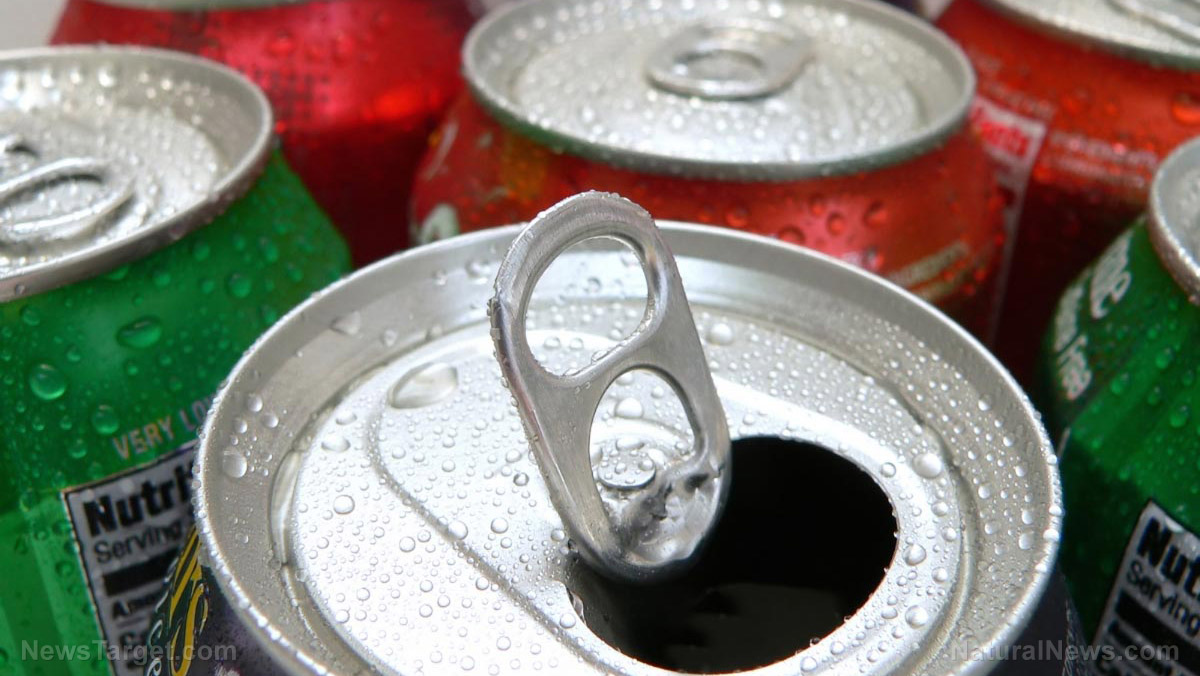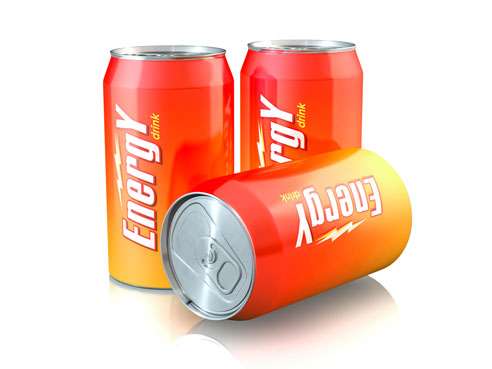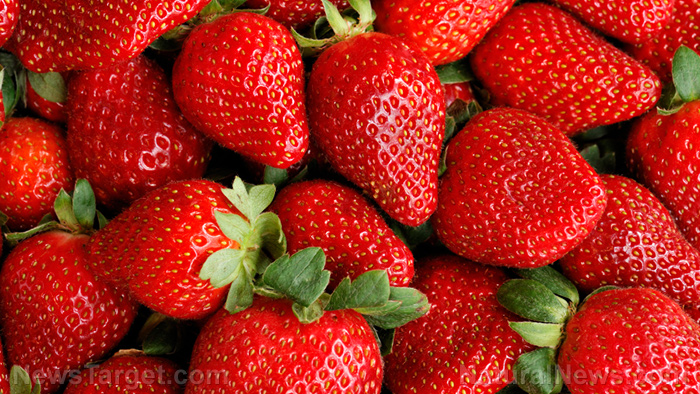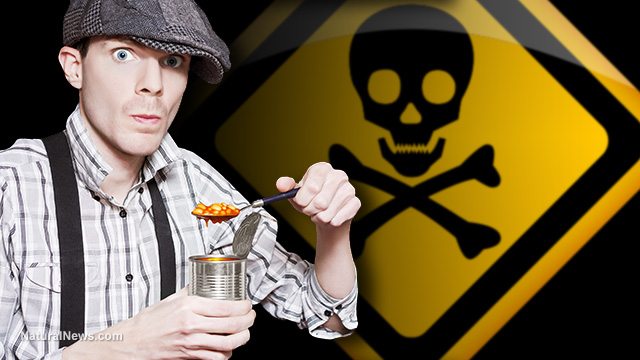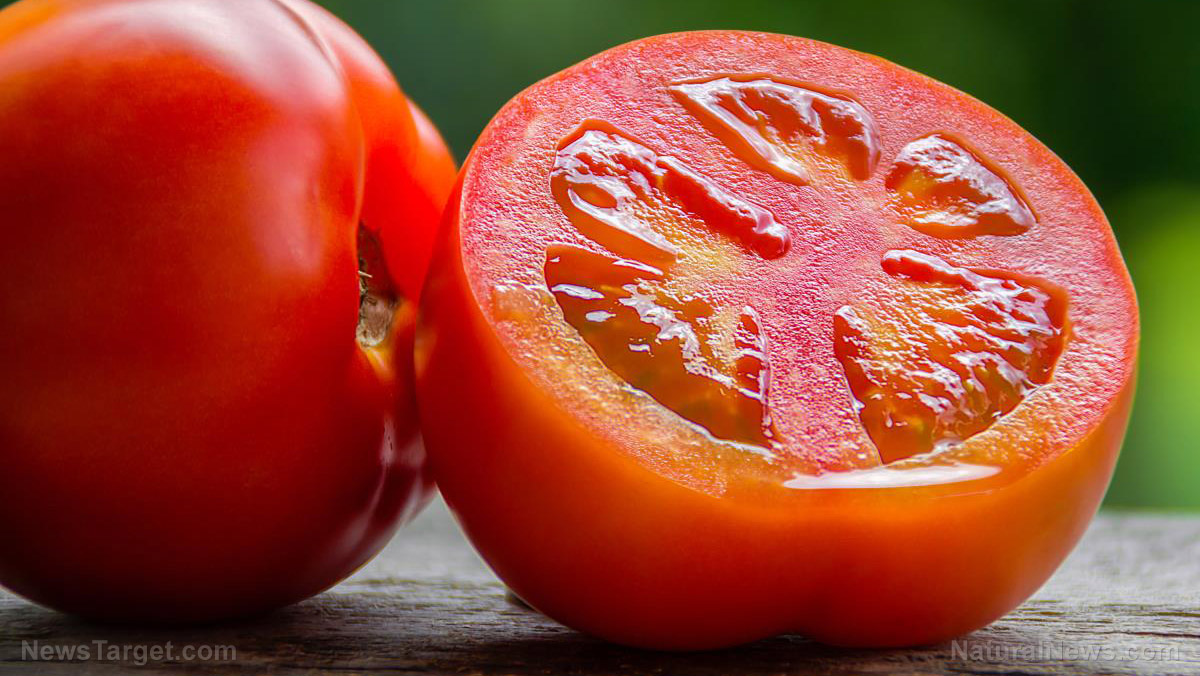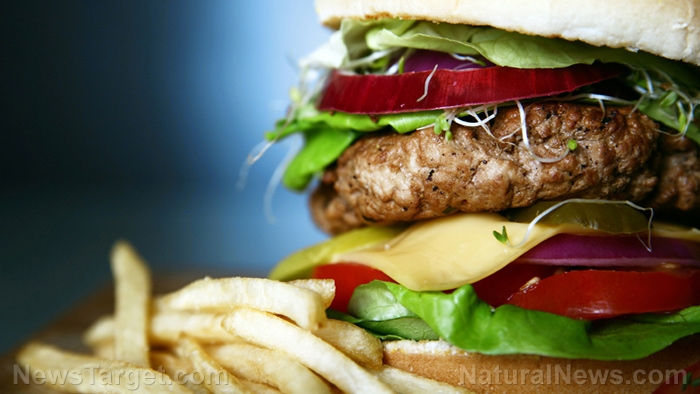Applied insect ecologist says that neonicotinoid insecticides are used far more heavily than necessary, causing huge ecological damage
08/02/2018 / By Isabelle Z.
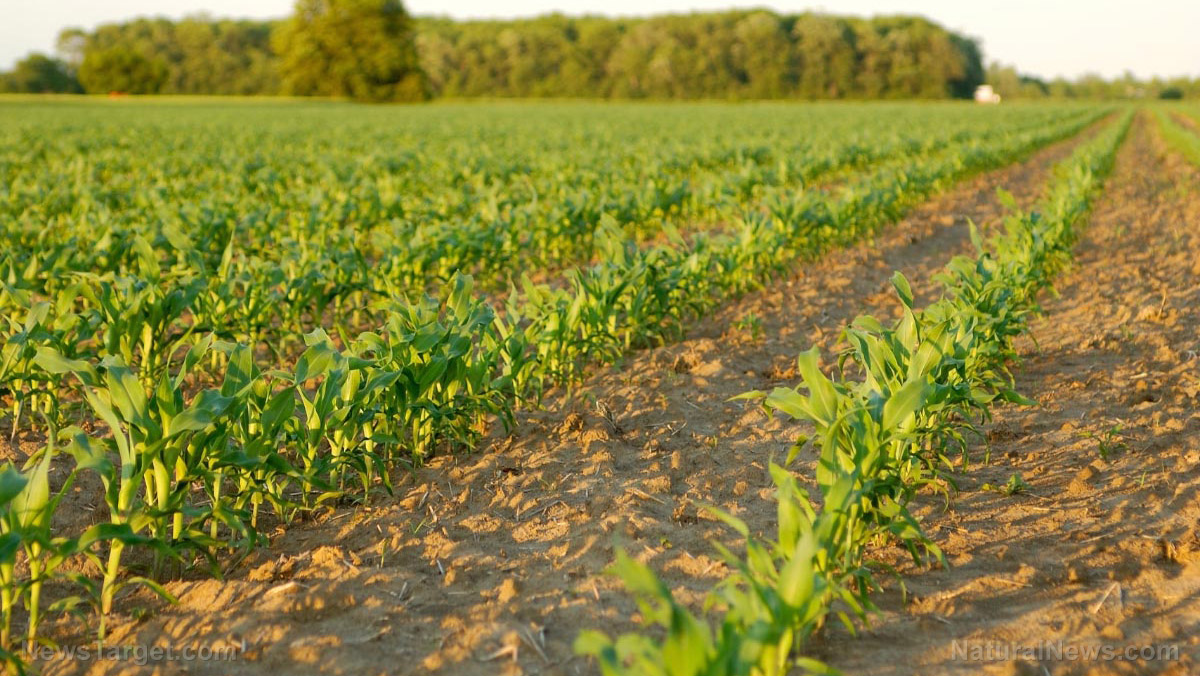
You’re probably aware by now that the use of neonicotinoid pesticides is threatening bee populations around the world. While this remains a serious concern, one expert has stated that he feels the focus on bees has obscured even greater concerns about the use of these chemicals.
Applied insect ecologist John F. Tooker says the bigger worry is the fact that American farmers are using these chemicals far more heavily than is necessary, and they lack an understanding of how this use can negatively impact the environment.
Neonicotinoids are applied to seeds and then taken up into the plant’s tissues. Tooker says that they kill insects quite well, and mere parts per billion are usually enough to get the job done. The problem is that they are being used in greatly excessive amounts, with seed suppliers in recent years applying roughly twice the amount of insecticides that they did in the past. Some farmers don’t even realize that this is the case, while others falsely believe this lends better protection.
Neonicotinoids are water-soluble, so when seedlings grow from seeds that have been treated with the chemicals, the roots absorb some of the insecticide that was on the outside of the seed. While this protects the seedlings from insects for a short period of time, just a small amount of the insecticide that was applied to the seeds will be taken up by the seedlings. Corn seedlings take up around two percent, for example, and the insecticide only stays in the plant for around three weeks. So what is happening to the rest of it?
Unfortunately, the remaining insecticide is easily washed into nearby waterways. The neonicotinoids from seed coatings are regularly found in rivers and streams throughout the country, where they are killing aquatic insects that serve as essential sources of food to birds, fish and other wildlife. Tooker points out that the neonicotinoids in surface waters in the Netherlands have been linked to widespread reductions in populations of insectivores and birds, seriously impacting food webs.
Neonicotinoids actually reduce crop yields
These chemicals also affect the populations of pests and predators in crop fields. For example, using coated seeds has been shown to reduce crop yields by poisoning the insect predators that normally kill slugs. As mollusks, slugs aren’t killed by insecticides, but they do transmit them to their predators when they eat them. Using coated seeds can reduce the populations of insect predators in crops by as much as 20 percent, making the crops more vulnerable to infestations of pests.
While those who support the use of neonicotinoids often cite reports that show the chemicals can be valuable tools to farmers, these studies are usually funded by the industry, so they should be taken with a gigantic grain of salt. Moreover, they tend to compare neonicotinoid seed coatings to other insecticides, which doesn’t provide the whole picture of the effects they can cause.
This year, nearly every corn field planted in America will be coated with neonicotinoids; this amounts to roughly 90 million acres. Half of the country’s soybeans and nearly all of its cotton will also be coated with the chemical. When will this madness stop?
Sources for this article include:
Tagged Under: Big AG, corn, crop yields, dangerous chemicals, Ecology, environment, food supply, food webs, harvest, insecticides, neonicotinoids, seed coatings, slugs, Soybeans, toxic chemicals




